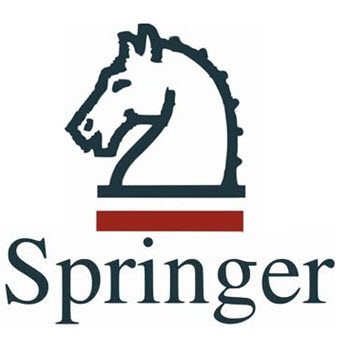Abstract
Biofilm formation and antibiotic resistance are the most important ways in which water bacteria such as Pseudomonas aeruginosa are protected against antibacterial agents. The aim of this study was to develop a rapid and cost-effective laboratory method for modeling and optimizing chlorine disinfection conditions. Critical factors (disinfection type, concentration, contact time and pH) were tested on bactericidal effect, inhibition of biofilm formation (IBF) and antibiotic susceptibility (AS) of P. aeruginosa. The central composite face-centered (CCF) design was applied to model the effect of disinfection process on the IBF and AS. The results showed that the IBF response was more affected by the strain type of P. aeruginosa and the type of disinfectant, which may be due to previous species growth conditions of the standard strain and greater durability of CAT in water. Optimization of factors affecting disinfection had a significant effect on the planktonic form, but was not effective in removing the biofilm of P. aeruginosa. Furthermore, the concentration of NaOCl and CAT was more effective than pH on planktonic and biofilm cells inactivation. The model of AS was weaker than other models due to limited contact time and use of high concentrations of disinfectant. The use of chlorine compounds based on the recommended levels in water does not prevent the formation of P. aeruginosa biofilm. According to the optimization findings, although increasing the contact time and concentration of the disinfectant increases the bactericidal effect of chlorine, it can also increase the resistance of P. aeruginosa to some antibiotics.



No responses yet